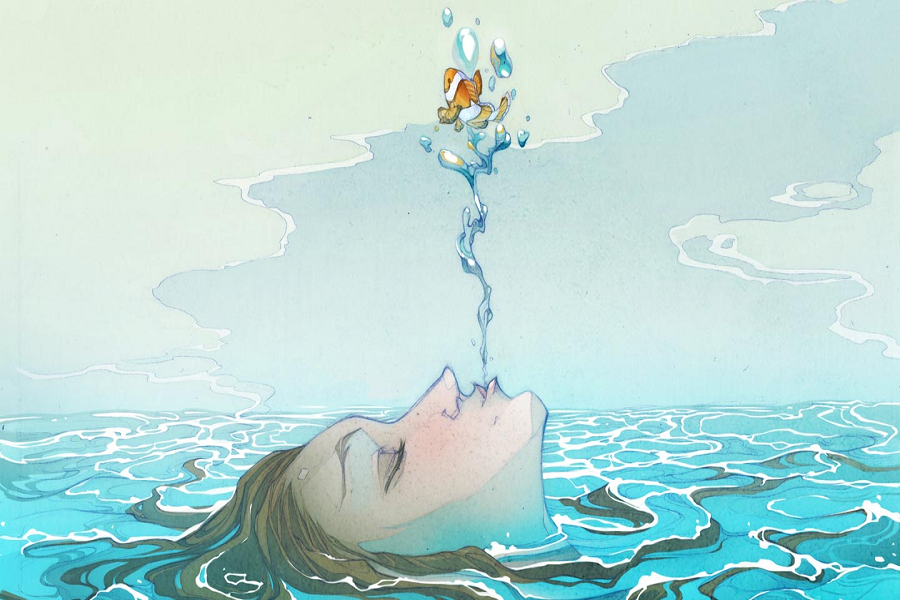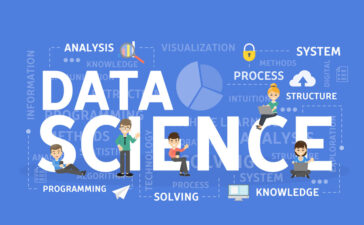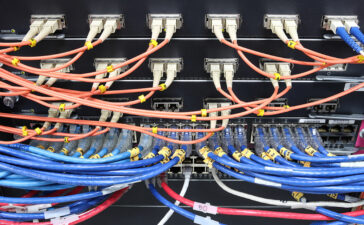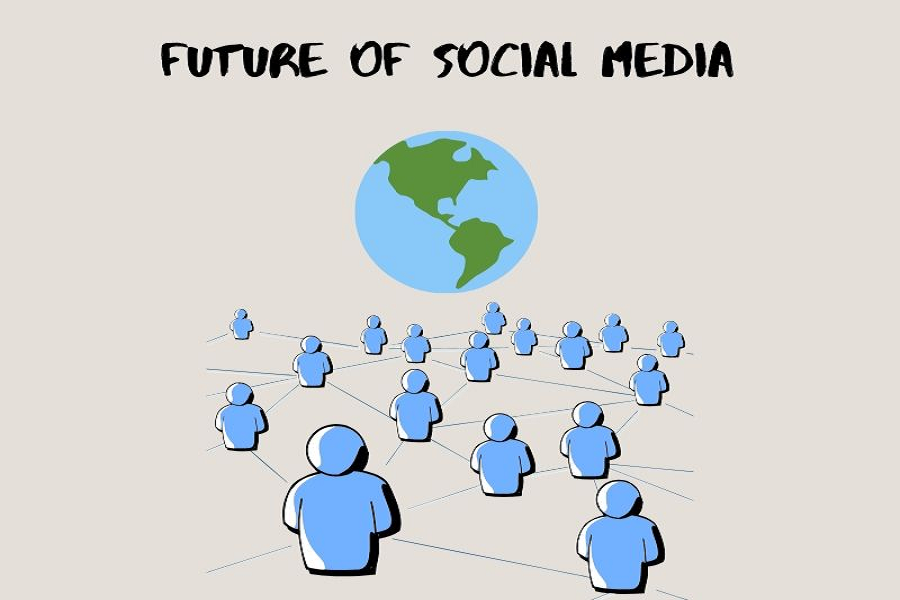In the vibrant realm of graphic design, the choice between illustration and photography serves as a pivotal decision, influencing the visual language and impact of a design project. Both mediums possess unique characteristics, and designers often grapple with the decision of which to employ. This article explores the dichotomy between illustration and photography in graphic design, examining their distinctive features, applications, and the nuanced decision-making process that guides designers in creating visually compelling and communicative designs.
Illustration: The Artistic Imagination Unleashed
Illustration, rooted in the realm of artistic expression, provides designers with a canvas to unleash their creative imagination. Whether hand-drawn, digitally rendered, or a combination of both, illustrations offer a level of customization and uniqueness that is unparalleled. The ability to tailor every element of an illustration allows designers to create visuals that align precisely with the intended message, brand identity, or overall aesthetic.
Illustrations excel in situations where conveying abstract concepts, imaginative narratives, or brand-specific characters is paramount. From whimsical characters in children’s books to intricate infographics explaining complex processes, illustrations lend themselves to storytelling and the visualization of intangible ideas. The flexibility of style, color, and form in illustrations empowers designers to craft visuals that are not constrained by the limitations of the real world.
Photography: Capturing Authenticity and Realism
In contrast, photography is a medium deeply rooted in capturing the authenticity and realism of the physical world. Photos freeze minutes in time, offering a brief look into the unmistakable and engaging parts of life. The force of a very much caught photo lies in its capacity to bring out veritable feelings, recount convincing stories, and interface with crowds on an instinctive level.

Photography shines in applications where realism, authenticity, and the portrayal of actual products or environments are essential. In marketing, for instance, product photography allows consumers to see items in their true form, fostering trust and informed decision-making. The use of authentic imagery in lifestyle branding can create a connection with the audience by reflecting relatable experiences and emotions.
The Decision-Making Process: Balancing Form and Function
The decision to opt for illustration or photography is not arbitrary but driven by the specific goals, message, and target audience of a design project. Designers must carefully consider the balance between form and function, asking themselves questions such as:
What emotions or responses do we want to evoke?
Does the project require a level of abstraction or stylization?
Is the goal to capture real-life moments or communicate fantastical ideas?
How does the chosen medium align with the brand identity or project objectives?
In some instances, a harmonious blend of illustration and photography may be the optimal solution, allowing designers to leverage the strengths of both mediums. This hybrid approach can create visually engaging compositions that marry the authenticity of photography with the imaginative elements of illustration.
Conclusion: A Visual Symphony
Ultimately, the choice between illustration and photography in graphic design is akin to orchestrating a visual symphony. Each element contributes its unique notes to create a harmonious and impactful composition. By understanding the strengths and applications of illustration and photography, designers can navigate this dichotomy to craft designs that resonate with audiences and convey messages effectively in the diverse landscape of graphic communication.










